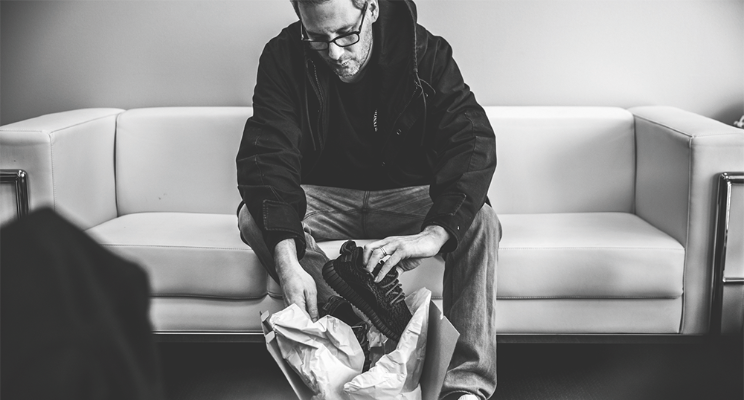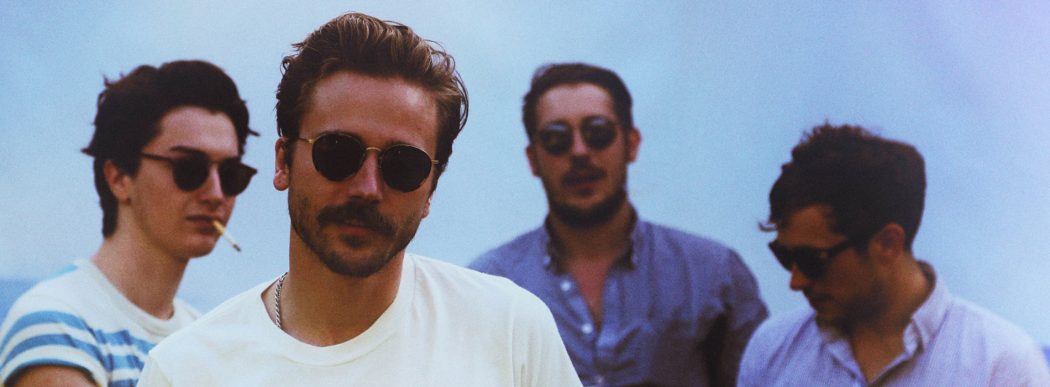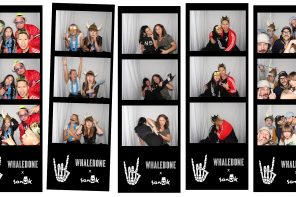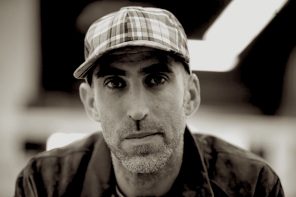The Portugal. The Man Frontman Doesn’t Front on Wex
We asked 30 people that we admire to each interview one person they admire. That’s the concept behind the Interview Issue presented by Design Within Reach.
John Gourley is The Man. Actually what we meant to say is he sings in Portugal. The Man. In addition to fronting one of the best bands making with the guitars and drums out there (one that Obama picks as a favorite), Gourley has Instagram accounts dedicated to his glasses, mustache, nipple, ears, and sandwich (and, of course, his Grammy). When asked who he’d want to interview, in a very Lords of Portland move, he went straight to Jon Wexler, addidas VP of Global Entertainment and Influencer Marketing.

Jon Wexler, one of the preeminent forces in hip-hop and streetwear culture.
John Gourley: Take me back a minute. Chicago. You’re a freshman playing JV hoops. First game of the season. There’s a boombox in the locker room, ready to come to life and provide inspiration. 103.5 WFYR-FM from downtown Chicago is on the air, “Footloose” by Kenny Loggins is blasting, the team is getting pumped, and just when the epic final verse is about to go off, something happens. A cassette is dropped into the slot, and something comes on that changes your life forever. What was THE track that set you on your journey to become one of the preeminent forces in hip-hop and streetwear culture?
Jon Wexler: I was actually a fan of WNUR (89.3 Northwestern’s student-run radio station that played punk, rap, R&B, house, etc.), WGCI (107.5 Hotmix 7—played all the early house music, R&B, and rap), and 102.7 (R&B and rap). I was listening to everything from Morris Day and The Time to Suicidal Tendencies to Led Zeppelin and Jimi Hendrix. Rap as an art form was really just forming, but when I heard Run DMC “It’s Like That” for the first time, it changed my life. It felt like all of my musical influences colliding to form something completely new, but still completely recognizable. At 16 I bought my mixer and two turntables, and started buying two of everything, and I’ve been obsessed with hip-hop ever since.
‘Footloose’ by Kenny Loggins is blasting, the team is getting pumped, and just when the epic final verse is about to go off, something happens…
JG: What is it about Chicago that’s inspires such creativity?
JW: I think the location itself gives people from Chicago the freedom to lean into influences from all pockets of creative culture across the entire county, while also adding to the conversation by bringing alternative elements of creativity to the scenario.
JG: How did you end up being a lifetime adidas advocate coming up in a world dominated by Michael Jordan and that other brand?
JW: My three obsessions growing up were basketball, sneakers, and rap. Pioneering new ideas, and rooting for the challenger also underscore my approach to life. As a kid, the first pair of shoes I begged my parents to buy me was an adidas shoe (burgundy Campus). When it came time to look for an opportunity to work in the sneaker industry, adidas was the clear fit—the entrepreneurial nature of the brand really enticed me. I feel truly blessed to have a job that lives at the intersection of all the things I’ve been passionate about my entire life.
Recently I’ve read a lot of stories with headlines like ‘millennials killed business xyz,’ but I think they should say, ‘business xyz died because they failed to be more meaningful to the next generation.’
JG: You work for a global brand. Beyond the shores of America, who are you seeing out there globally that are having an impact on sports, music, and culture that people might not be hip to?
JW: Influencers help us stitch our stories together on a more immediate and local level regardless of regional differences by sharing our stories through their own unique perspectives. With the explosion of the influencer space over the past few years, the brands that continue to innovate evolve their approach will thrive. Recently I’ve read a lot of stories with headlines like “millennials killed business xyz,” but I think they should say, “business xyz died because they failed to recognize the shift in the marketplace and failed to market themselves differently to be more meaningful to the next generation of consumers.” We will continue to put an enormous effort into anticipating where the market is trending, and cultivating relationships with the agents of change driving culture within those communities.










